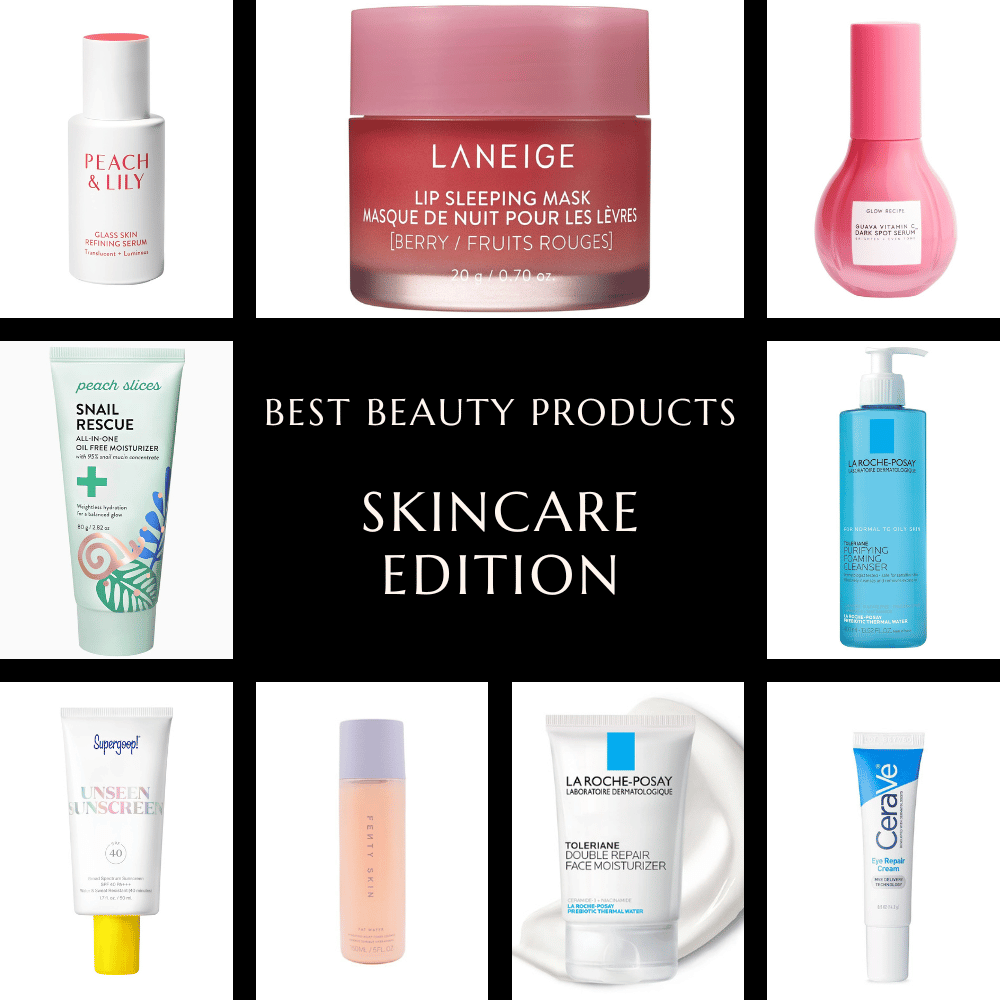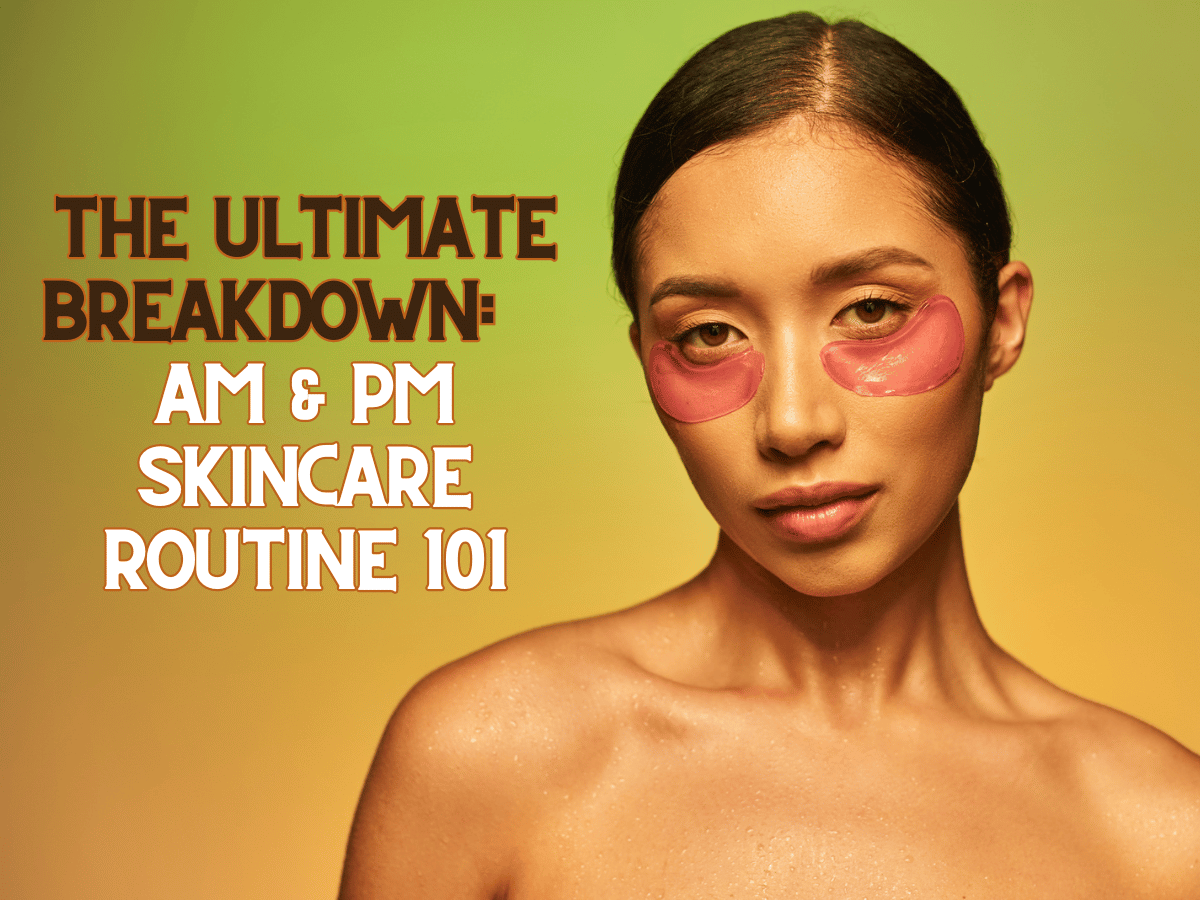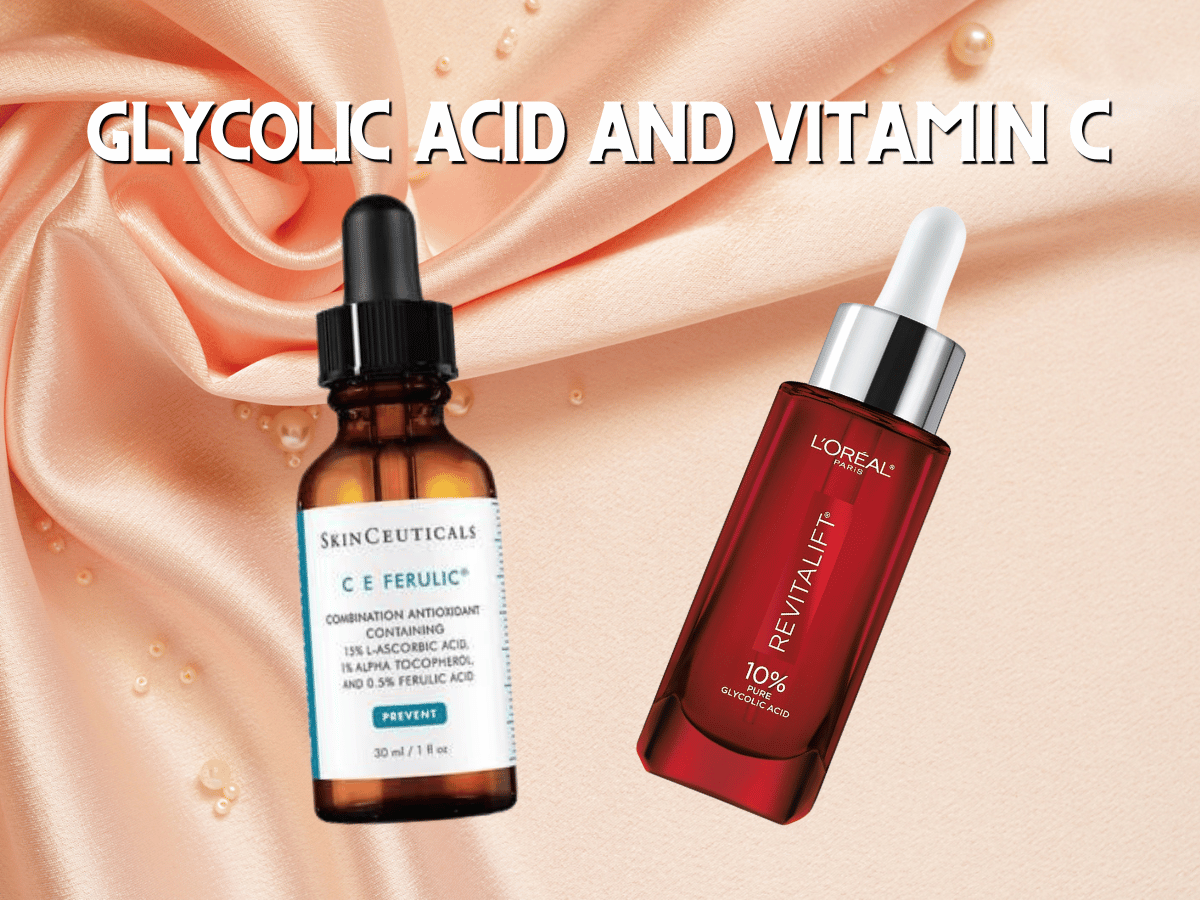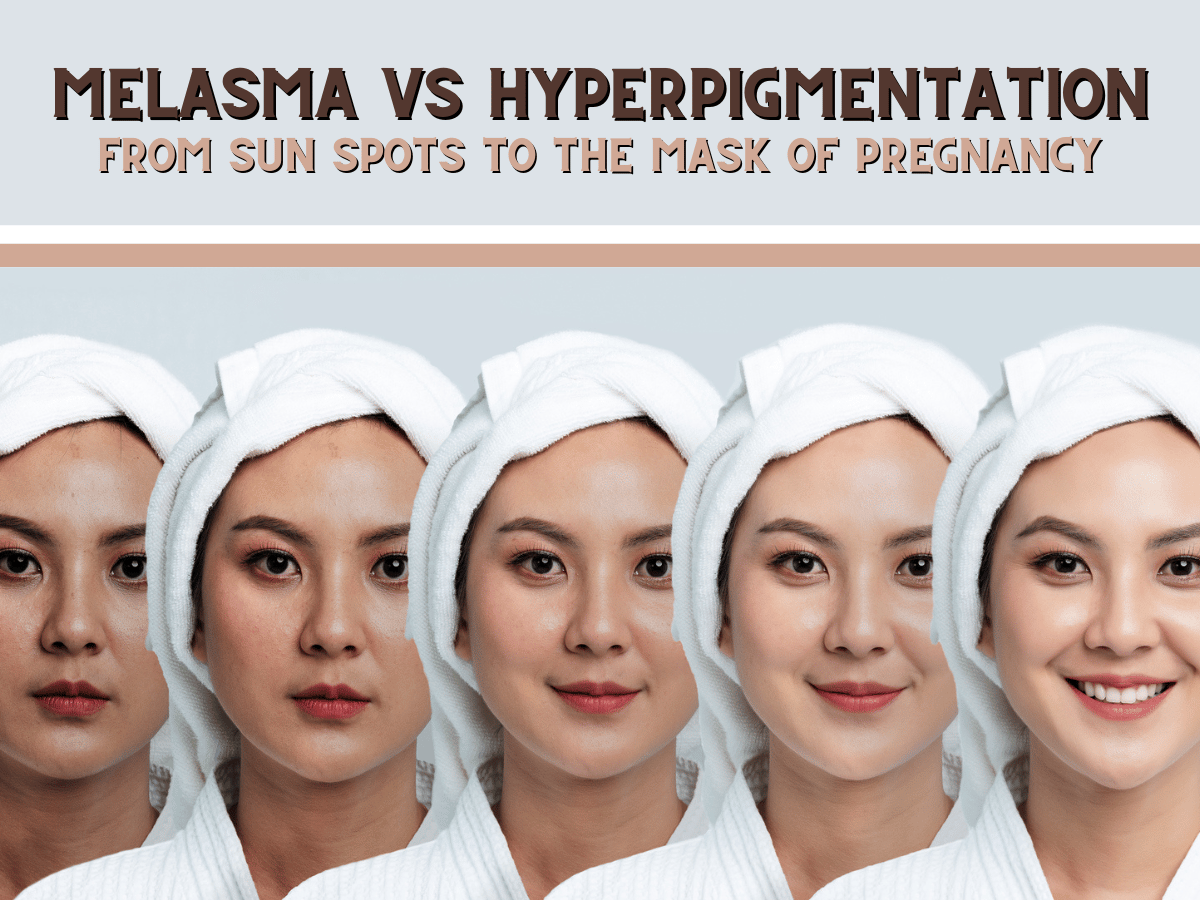Let Salicylic Acid and Niacinamide Take You To The Next Level of Clear Skin
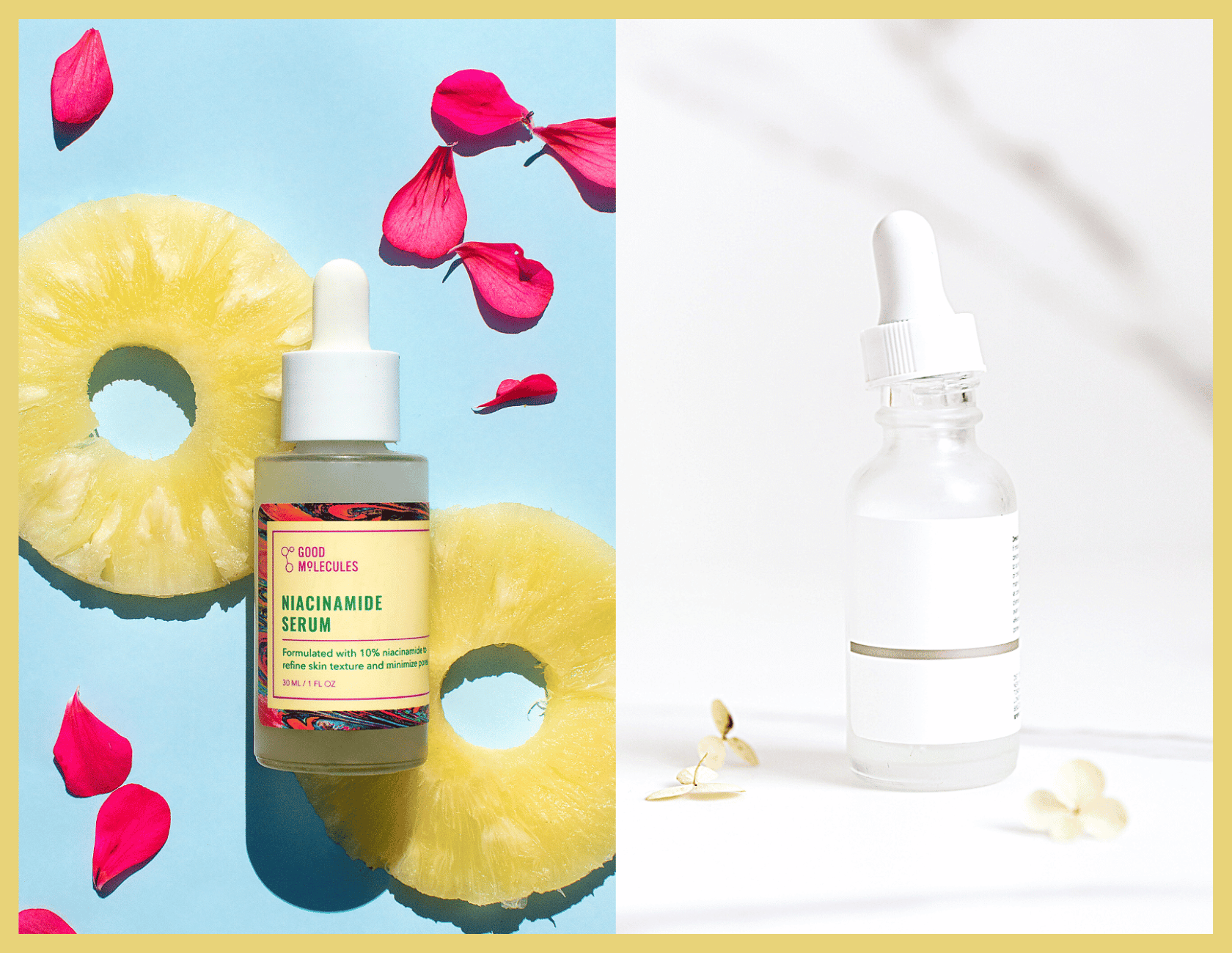
The lack of a clear complexion drives many of us to our nearest cosmetics stores, drugstores, and salons in the search for skincare products and professional facials with correct ingredients that our skin so desperate craves for a clear complexion.
The current market is filled with different products that cater to a multitude of skin concerns, so it can be a lot to understand where to start. But skincare doesn't have to be that hard.
Fortuntately, for those of us out there with oily, acne-prone, hyperpigmented, irritated skin and/or even normal skin that needs some pampering, these two simple ingredients might just be the holy-grail combination of your dreams.
What is salicylic acid?
Salicyclic Acid (beta hydroxy acid or BHA) is an ingredient that belongs in the Salicylate family.
It used to treat skin conditions from acne, to psoriasis, to ichthyoses. Salicyclic acid exfoliates or removes the layer of dead skin cells to reveal the young, supple skin underneath.
In terms of acne, salicyclic acid treats it "by reducing swelling and redness and unplugging blocked skin pores to allow pimples to shrink", according to Medline Plus.
Salicylic acid is helpful to other skin concerns as it softens and loosens dry, scaly, or thickened skin making it easier for the affect skin to fall off or be removed.
Note: For those who are pregrant or nursing, this ingredient is typically safe to use, but as always, when in doubt, ask consult with your doctor.
What is niacinamide?
Niacinamide, an antioxidant, is a "type of vitamin B3, one of eight B vitamins that support many aspects of your health" according to Cleveland Clinic. "It helps build keratin, a protein that maintains skin health." Over all, it is assists in transforming the skin into a strong, smooth, and radiant barrier.
According to Healthline and Cleveland Clinic, Niacinamide is a ideal ingredient to boost collagen production as well as treat a varitey of skin concerns inlcuding:
- acne
- inflammation
- redness
- hyperpigmentation
- dark spots
- premature aging
- smooth wrinkles
- reduce appearance of pores
- controls oil
- brighten the skin
- improve the skin's texture
- boosts hydration by enhaning the skin's lipid barrier and locking in moisture
It is a potent ingredient to add to both your morning and evening skincare routine.
Note: Just as with salicylic acid, for those who are pregrant or nursing, this ingredient is typically safe to use. When in doubt, ask consult with your doctor.
Can I use salicylic acid and niacinamide together?
In short, yes! Salicylic acid is an exfoliant that reduces oil in the skin as it removes the layer of dead skin cells. Niacinamide in an oil-controlling ingredient that assisting in the reduction of clogging pores, all the while being a great anti-inflammatory ingredient.
The combination of the two works because salicylic acid brings clear, young skin out from under, and niacinamide assists the new skin with the oil control while soothing it post-exfoliation. Together, their combination creates a perfect balance.
Do you use salicylic acid before or after niacinamide?
Though both ingredients provide a balance when used together in theory, there are mixed reviews on the concept of layering salicylic acid.
Salicylic acid and niacinamide have varying levels of pH. Salicylic acid best absorbs into the skin with a low pH level while niacinamide behaves in the exact opposite manner.
Mixing the two ingredients and applying them together, though still effective, may not be as potent as applying them separately.
For best results, try one of these methods:
- First apply salicylic acid. Wait until it is completely absorbed (30 min). Follow up with niacinamide.
- Apply salicylic acid in the morning and the niacinamide at night or vise versa.
- Alternate days of use. Apply salicylic acid on the day that you will not be using niacinamide. This can be especially great for those with sensitive skin.
When applying skincare, exfoliating products (salicylic acid) come before treatments (niacinamide)!
How high should the concentration of both be?
As with most new ingredients, start with a low concentration and work your way up. For salicylic acid, that will be around 2%, or less if you have super sensitive skin. For niacinamide, that will be around 5%.
If you're concerned about how the products will react on your skin, do try patch testing to make sure that the product suits your skin.
Note: Unlike niacinamide, salicylic acid is not an ingredient that you need to use everyday unless it is an ingredient present in products like your cleanser. For the purpose of exfoliation, it may sufficent to use salicylic acid a few times a week rather than everyday. This will depend on the strength of the salicylic acid present in your products as well as your skin's needs and sensitivities.
Conclusion
With that, the full breakdown of salicylic acid and niacinamide comes to an end.
To sum up, salicylic acid is an exfoliant and niacinamide is an oil-controlling, soothing antioxidant. Both work great on their own but balance each other out well when used in conjunction.
Whether you want to use one, the other, or both, your skin will thank you for starting the journey towards clear complexion!
How We Curated This Article
There are many options on the market with many different ingredients. It can be overwhelming trying to figure out what product is best for you.
We've taken the guesswork out of it for you and brought all the facts together.
Don't miss out on the chance to find the perfect product for your skincare routine! Explore our resources and curated selection of products below.
Thanks for reading!
Next Up: Hyaluronic Acid and Salicylic Acid: Put These Essential Active Ingredients at the Top of Your List!
Like these stories? You will (probably) love our monthly newsletter.

